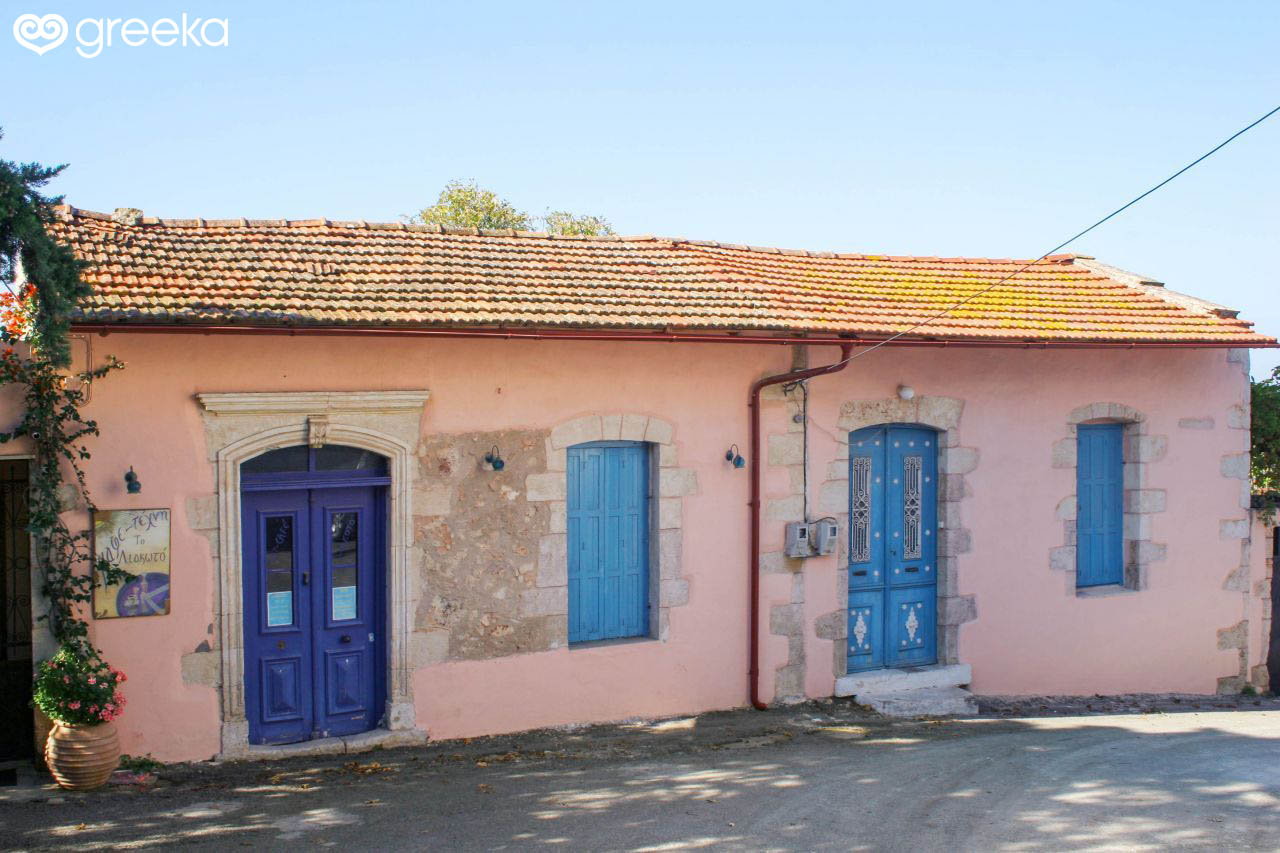Chania Vamos
Table of contents:
• General info • Map • Members Photos (15) • Greeka Photos (15) • Write a review!
• General info • Map • Members Photos (15) • Greeka Photos (15) • Write a review!
Vamos Map
Explore our interactive map of Vamos.
Photos by Greeka Members
Photos by Greeka Team
Reviews
No reviews yet. Be the first to write one!






